It was a mass grave at a Revolutionary War battlefield in Gloucester County, unmarked and undocumented until it was discovered during an archeological dig in late June.
Experts are still using DNA testing to identify the skeletal remains of at least 14 soldiers — believed to be Hessians fighting for the British in 1777 — who were found in the field. After that, archeologists want to rebury the newly-discovered soldiers.
The big question is — where?
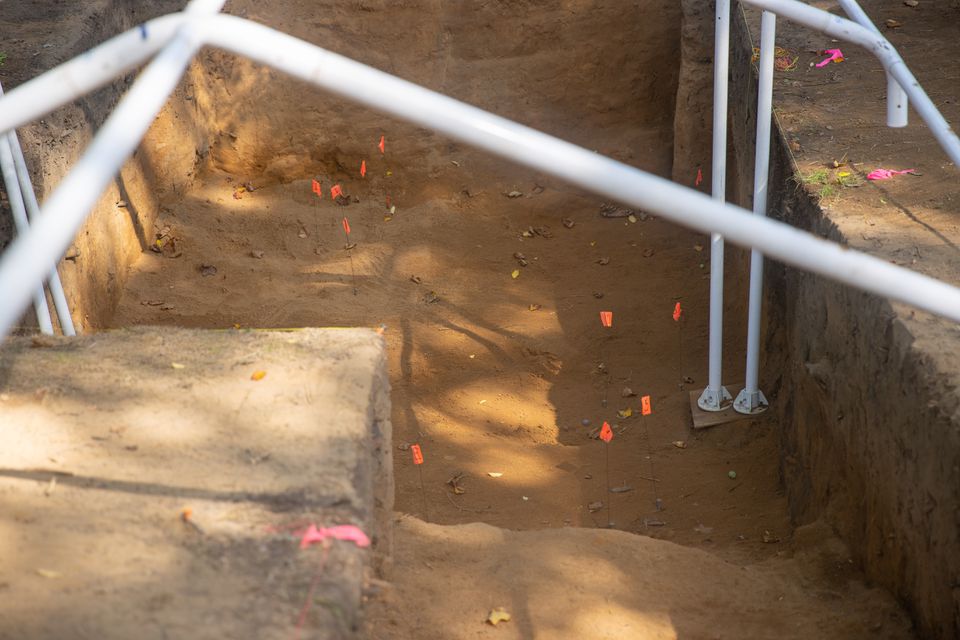
Should the soldiers be reinterred in their native land in Germany? Or should they be returned to the New Jersey battlefield where they lost their lives and rested four feet underground for 245 years?
Or should they be moved to a nearby graveyard, the oldest in Camden County, where about 50 fellow German soldiers from the same Battle of Red Bank are buried?
“We will consider any and all options to offer them the dignified burial they did not receive in 1777,” Jennifer Janofsky, director of Red Bank Battlefield Park, said Friday.
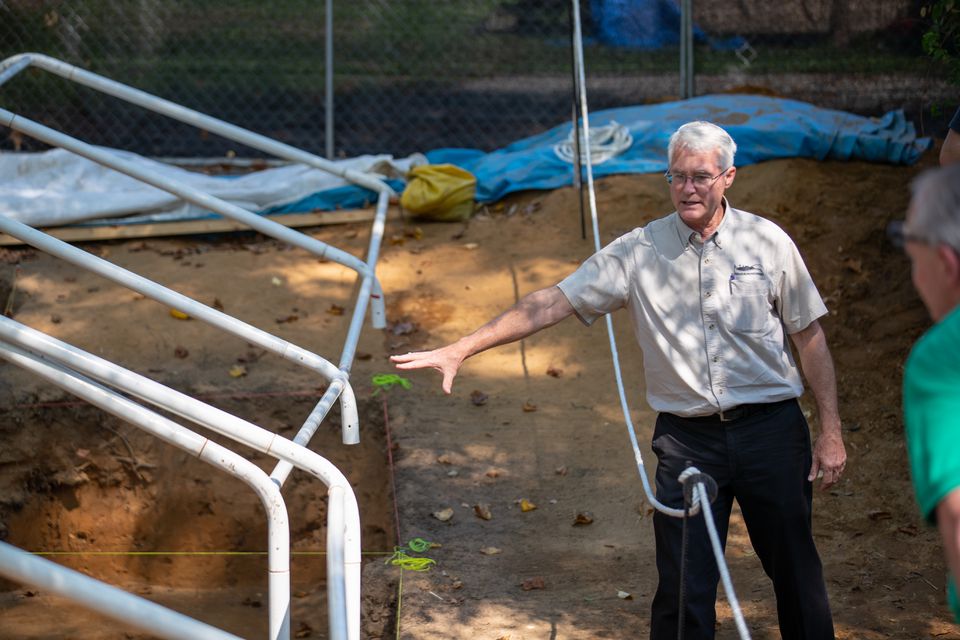
Reburying war dead is a sensitive issue, but perhaps more so in this case because it involves long-lost soldiers from a foreign land. The troops, known as Hessians for the area of Germany where many of them were born, were paid by Great Britain to battle the Continental Army in the war for independence.
The one-day Battle of Red Bank on the banks of the Delaware River in what is now the borough of National Park was an inspiring victory for the outnumbered colonists. Of the 2,000 Hessian soldiers, 377 were killed, while the colonists only lost 14 of 500 troops.
Archeologists and volunteers were excavating a trench on a quarter-acre lot that adjoins the battlefield, recently acquired by Gloucester County, when a leg bone fragment was located on June 26. Eventually, the remains of at least 14 soldiers — the exact total remains unconfirmed — were removed and turned over to the New Jersey State Police’s Forensic Unit.

Officials notified the German Consulate General’s office in New York City following the discovery, but no representatives from the German government attended the Aug. 2 announcement of the discovery at the battlefield.
“When we get to reinterment, I’d like them to be involved,” said Janofsky, who is also Rowan University’s public historian.
It is possible Germany might request the remains, Janofsky said. If that happens, the soldiers could be reburied in the native country.
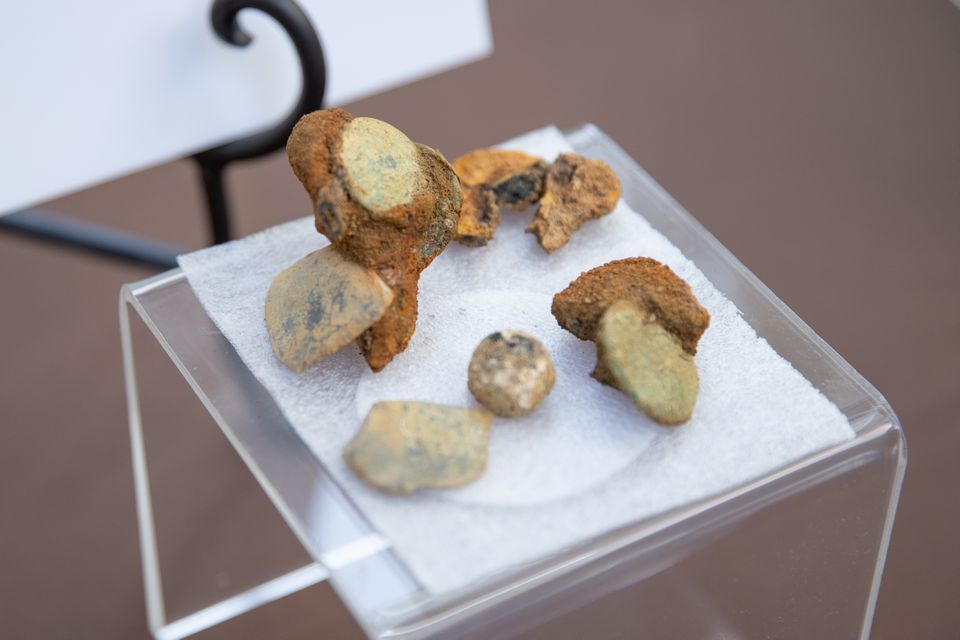
If they stay in New Jersey, the soldier’s remains could be reinterred at the battlefield, she said. However, the park was purchased through the state’s Green Acres land preservation program, which comes with restrictions on how it can be used. That means, county officials will need to review whether reinterment would be allowed at the site, she said.
A third option is burying the remains in Ashbrook’s Burial Grounds, about 9 miles away in Glendora, Camden County. That is the final resting place for up to 50 Hessian soldiers who died from their wounds in the 1777 battle.
“This might be the most realistic option,” Janofsky said of the historic burial grounds, where the oldest headstone is from 1729.
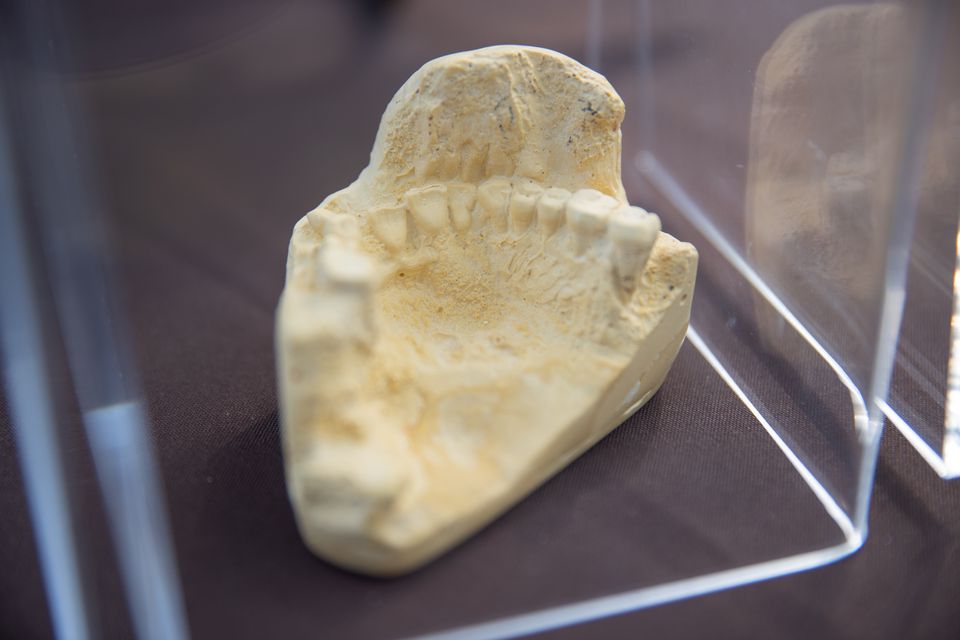
It is unclear how long it will take to examine the remains.
“We are going to do our best to identify as many of the individuals as we can. Our goal is to share those stories with our visitors to offer them a more nuanced understanding of the battle,” Janofsky said.
The forensic analysis is also expected to remove any ambiguity over whether the soldiers were German.
“We do not know with 100 percent certainty they are Hessian,” Janofsky said.
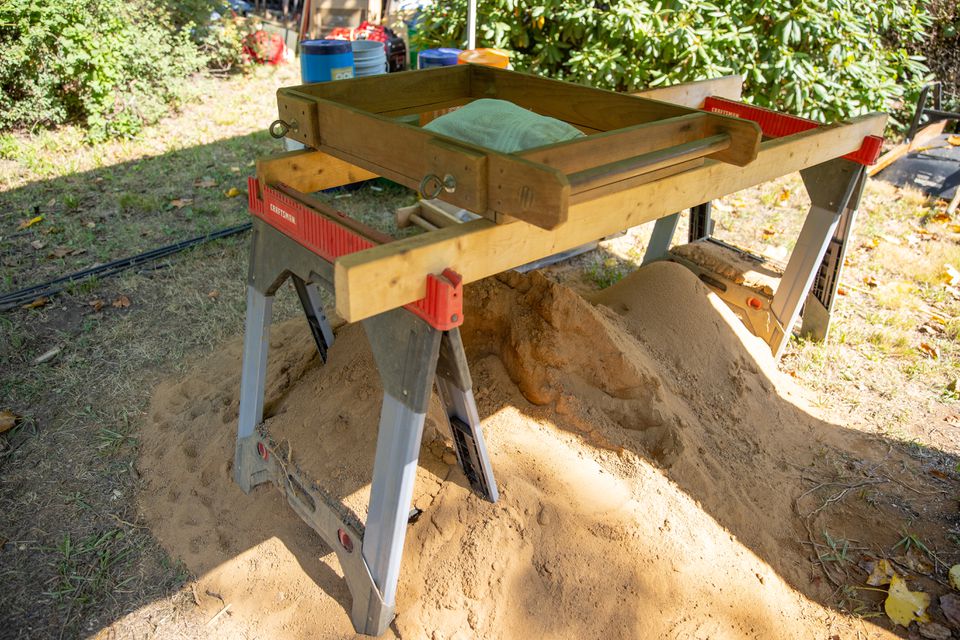
Archeologists concluded the soldiers were Hessians fighting for the British based on materials recovered from the trench, including plain-fronted buttons. Colonist soldiers defending Fort Mercer in the battle were from a Rhode Island regiment that wore buttons marked with an anchor on their uniforms.
Musket balls known to have been used by the colonists were also found “either in or associated with remains,” indicating the soldiers were likely shot by the Colonial troops, she said.
The excavation uncovered a wide range of other items, including a uniform knee buckle containing human blood, and a King George III gold guinea that would have been the equivalent of a soldier’s monthly pay.
Then there’s the math. Only 14 colonists died in the battle, according to historical records, and “probably more” than 14 soldiers were found in the newly-discovered mass grave, Janofsky said. So, it is unlikely they were Colonial soldiers.
Initially, officials said up to 12 Hessian soldiers were believed to have been recovered from the trench. Then the number was raised to 13, followed by yet another change to 14 earlier this week. That number could change again.
“Fourteen is the minimum number of individuals,” said Wade Catts, the archeologist who led the search of the trench.
Parts of 14 skulls were removed from the mass grave, Catts said. But, that’s in addition to other bones, including the first leg bone discovered by a volunteer during a public dig that indicated archeologists may have made a major discovery at the site. That discovery led to a careful search for other bones.
“Some of these are complete individuals, maybe, and some are not,” Catts said of the remains.
“We had a lot of teeth. There are other bones as well, but the ones that are in the best condition, I would say, would be teeth. And teeth are also the place where you can get good analysis,” Catts said.
It was not the first time that the remains of Hessians have been found on the battlefield. Janofsky said that, in the mid-to-late 19th Century, remains were uncovered as a bluff was eroded by the Delaware River.
“That was the main documented area for human remains in the park,” she said.
This year’s discovery of the soldiers’ bones and artifacts will likely lead to additional research at the battlefield site. In 2015, another archeological survey led to finding part of a British cannon, weighing up to 400 pounds, two feet underground.
It was located using ground-penetrating radar, a tool that Catts said would be used in future searches and could result in the discovery of additional remains.
The discovery is expected to lead to renewed interest in the Red Bank Battlefield Park and the area along the Delaware River in Gloucester County that is filled with history. (The battlefield is not part of the Borough of Red Bank, which is in Monmouth County, about 90 miles away on the Navesink River.)
It’s also an opportunity to remember the soldiers that fought and died on both sides of the Revolutionary War, Catts said.
“These men went into this ditch not willingly… They’ve laid here unknown and forgotten for 245 years. We’ll treat them with dignity and respect and afford them a burial that they didn’t get when they met their end here,” Catts said.
___
© 2022 Advance Local Media LLC
Distributed by Tribune Content Agency, LLC.



